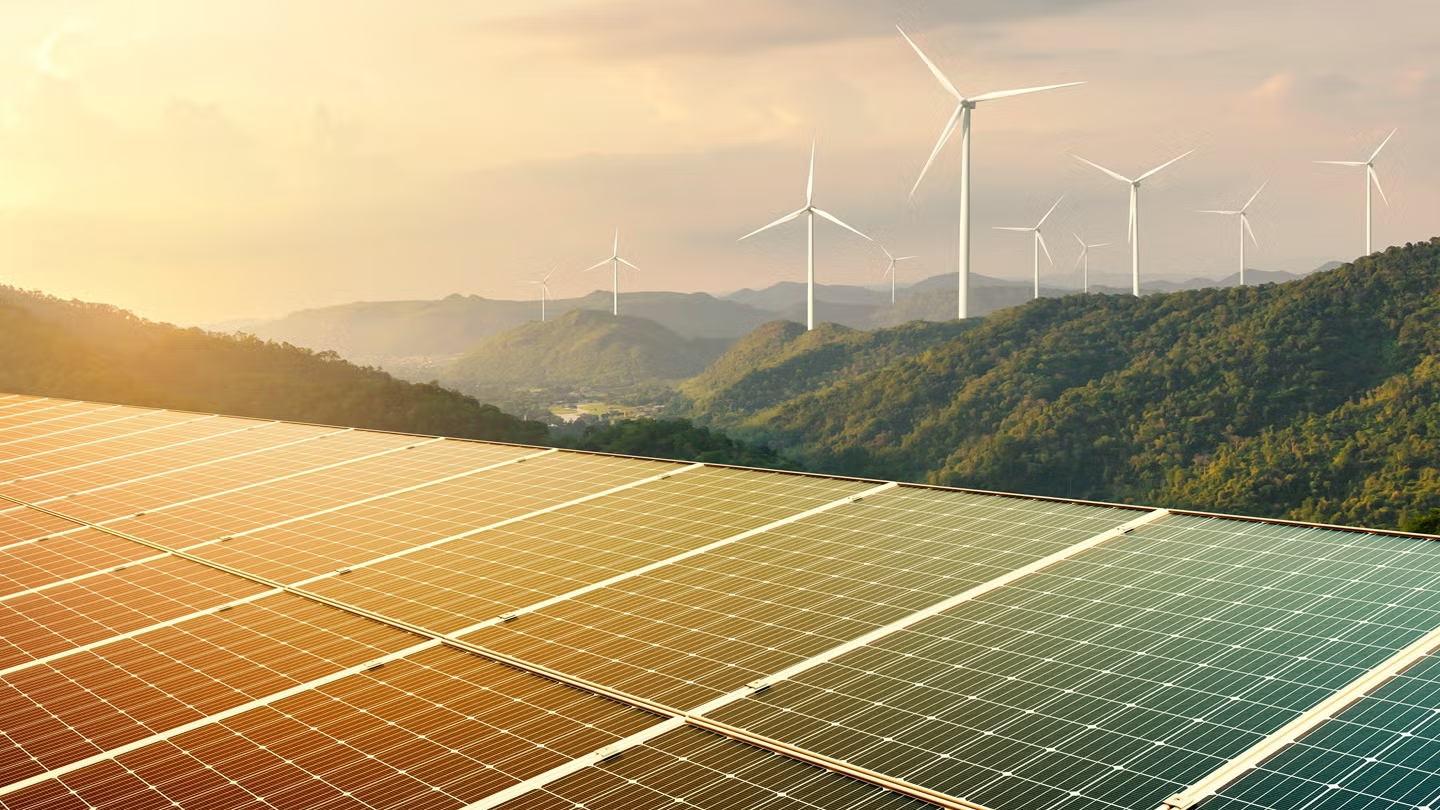Central and Eastern Europe (CEE) is becoming a focal point in Europe’s energy security discussions, particularly in light of the ongoing geopolitical changes stemming from Russia’s invasion of Ukraine. The war has disrupted traditional energy supply chains and highlighted vulnerabilities in the region, pushing CEE nations to rethink their energy strategies and accelerate their shift towards renewable energy sources.
As CEE serves as a crucial corridor connecting Western Europe, the Black Sea, and the post-Soviet area, its energy landscape is in flux. The diminishing influence of Russian energy exports has created a vacuum, necessitating a swift transition to alternative energy supplies and a reevaluation of geopolitical alliances.
The European Union (EU) aims to meet its decarbonization targets while ensuring energy security, but this requires CEE nations to adopt a collaborative approach. Currently, countries in the region are balancing immediate economic needs against long-term sustainability goals. Some nations are tempted to prioritize short-term affordability, risking future energy autonomy and competitiveness in a low-carbon economy.
To fortify their energy independence, CEE countries must focus on several strategic initiatives:
1. **Adopt Diverse Energy Technologies**: CEE nations should scale up existing low-carbon technologies such as nuclear, wind, and solar energy while exploring emerging solutions like geothermal and carbon capture and storage. This technological diversity can prevent reliance on any single energy source.
2. **Reduce Fossil Fuel Dependence**: Countries in the region should tap into local resources, like Romania’s natural gas reserves, for immediate needs while securing liquefied natural gas (LNG) imports responsibly. This strategy must align with long-term decarbonization goals and adhere to strict emissions standards.
3. **Strengthen Regional Cooperation**: Developing cross-border energy infrastructure, enhancing grid interconnections, and coordinating energy planning with Ukraine, Moldova, and Western Balkan states will bolster regional resilience and EU market integration.
4. **Build Local Clean Technology Manufacturing**: CEE can become a hub for clean technology by leveraging skilled labor and attracting foreign investment. Aligning with EU industrial strategies can facilitate local production of renewable technologies, reducing dependency on external supply chains.
5. **Align EU Enlargement with Energy Transition**: The integration of Ukraine, Moldova, and Western Balkan countries into EU energy systems is essential. Funding for infrastructure modernization should be linked to their clean energy initiatives, especially in Ukraine’s reconstruction efforts.
6. **Develop a Public Narrative on Energy Transition**: Framing the clean energy transition as critical for national security and economic growth will garner public support. Emphasizing independence and affordability over compliance with EU regulations will resonate more powerfully with citizens.
7. **Institutionalize Strategic Foresight**: CEE governments should embed scenario planning into their energy strategies to prepare for potential geopolitical and supply chain disruptions, especially as U.S.-China dynamics evolve.
The ongoing war in Ukraine has intensified the urgency of these initiatives. Russia’s reduction of natural gas exports has forced CEE nations to seek alternatives quickly, yet this has also revealed the region’s short-term vulnerabilities. For instance, countries reliant on Russian gas are now facing higher energy costs, which threaten industrial competitiveness against nations like the U.S. and China, where energy prices remain lower.
While the EU has set ambitious targets for renewable energy deployment, CEE countries must not compromise their clean energy aspirations due to immediate economic pressures. The region’s transition toward renewable energy not only addresses climate change but also strengthens its geopolitical standing.
The CEE region’s energy transition is not just a technological challenge; it is a strategic necessity that requires concerted efforts and regional cooperation. By prioritizing clean energy infrastructure, enhancing domestic production capabilities, and crafting a coherent public message, CEE nations can turn vulnerabilities into strengths, ultimately securing their energy future and contributing to the EU’s broader goals.




